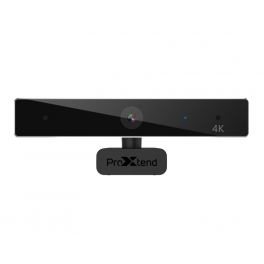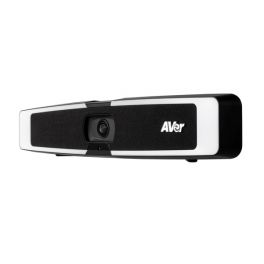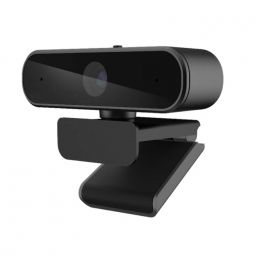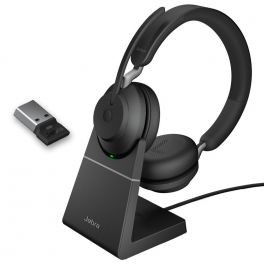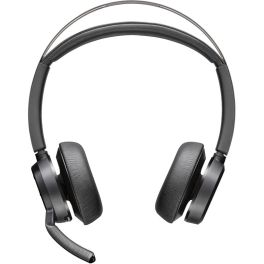
What equipment would you like to use?
Video conferencing is the tool thanks to which, or because of which ( it's all a matter of points of view ), hybrid work has become an expectation for employees ( before it was more of an advantage ). However, to be effective, the necessary equipment and programs must be carefully selected based on the user profile and the conditions of use.
Today we share with you all of our recommendations for workstation video equipment. Are you interested? Well, keep reading and you will have everything you need to interact smoothly and increase your productivity:
Before we launch…
Let's start by sharing with you a crucial fact: It's obvious, but for individual collaboration it is not necessary to invest in large whiteboards or interactive screens, a desktop computer or laptop will suffice! If we look at the hardware for the individual workstation, there are 3 fundamental elements :
Video
You can choose to ignore this part, but we don't advise it... Why? We have 2 arguments: the principle of the virtual meeting is to see each other, but at a distance, and we all know that 93% of communication is non-verbal ( so without video, or with mediocre quality, we are saying goodbye to the humanization of the exchanges ).
Here, when we refer to the video part of individual collaboration, we inevitably think of the webcam , that small but practical tool! We are not going to explain everything about the webcam to you ( we already have a page dedicated to it here ), we are just going to remind you of the 5 essential features that you should take into account when choosing one:
(must be at least 720p)
Frame rate (fps)
( the higher the value, the smoother the video will be )
Field of view
( at 60° or 78°, highlights what is essential: you! )
Connection
( think about the device to which you will connect the webcam: desktop computer, PC, smartphone, etc. )
Microphone
( note that this depends on the environment you use it in )
OUR BEST WEBCAMS
audio
Wondering why you should buy an external audio device? There are three main reasons:
- The PC audio is not exactly top quality
- Not all webcam models are equipped with a microphone
- Not all situations require the same equipment ( imagine using a speaker in an open office, it would be chaos )
Improve your audio experience by learning about our different audio modules. Headphones, microphones or speakers, you choose:

Headphones
In a shared space, it is difficult to imagine that all your colleagues use speakers for their video calls ( it would be a chicken coop! ) The best thing in this case or if you tend to move around a lot is to use headphones. Unlike the headphones that we know ( and that we use almost daily ), these are equipped with a microphone arm, which has 2 big advantages : it is very practical ( you tilt the arm to easily switch between calls and music ), and a better volume ( it stays in place for we move a lot and minimizes the risk of echo ).
To choose the headset that best suits your professional needs and personal preferences, we recommend that you take the following 3 aspects into account :
Comfort
( We refer to the weight and type of headphones: supra-aural, circumaural, intra-aural )
Design ( wired or wireless )
( Depends on your habits: sedentary=wired headphones; on the go=wireless headphones )
Microphone technology
( Noise reduction is essential in noisy environments, so that each interlocutor can really get the most out of the conversation )

Microphone/Speaker
If you often participate in meetings with small groups, or if you are lucky enough to work in a quiet environment, we advise you to opt directly for an external microphone or speaker. Why? They are best for capturing and transmitting 360° sound in space without too many interruptions. Whether it's intuitive brainstorming sessions, virtual meetings or product demonstrations, it doesn't matter what you use them for: the 4 factors you need to take into account remain the same:
Sound quality
( it is essential for good communication )
Microphone type
( 360°, 180° or 90°, depending on your workplace configuration )
Noise reduction
( passive or active, we like it for its ability to greatly attenuate ambient noise )
Range and direction of sound
( this is literally what defines the pickup range of the microphone )
Onedirect's selection of audio equipment
Internet connection
As we have already said, a good internet connection is THE BASIS of remote video collaboration. Because ? Small reminder: no internet connection = no access to the video platform… ! Therefore, our best advice is to prioritize it and don't skimp on optimizing it ( see here to learn more about network essentials for teleworking ).
To continue reading, click here: Webcam: everything you need to know before buying one
And to contact us, click here:






